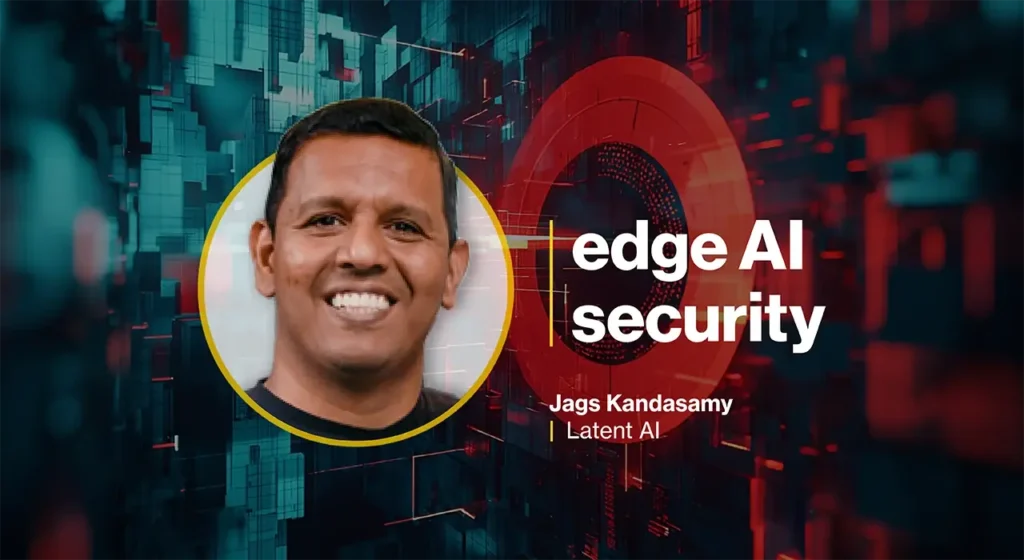The Future of AI: Safeguarding Edge Deployment in Critical Environments
As we plunge deeper into a digital era, the deployment of artificial intelligence (AI) at the edge—closer to where data is generated—has emerged as a game changer. This advancement promises low latency, enhanced efficiency, and real-time decision-making capabilities. However, with these benefits come unique security challenges. From ensuring the integrity of models to warding off potential cyber exploits, the stakes are high, especially in military and critical infrastructure contexts.
Understanding Edge AI Deployment
Imagine you’re in a military operations center, surrounded by vast networks of global sensors. These devices continuously churn out data at staggering rates, and sending all that information to a centralized cloud system can lead to delays, inefficiencies, and vulnerabilities. This is where edge computing takes the spotlight.
By deploying AI models closer to the data source, organizations can dramatically reduce bandwidth usage and wait times. For instance, consider a factory setting where two local servers manage specific applications without the burden of a huge cloud setup. This localized processing not only saves resources but also helps maintain security by minimizing the volume of sensitive data transmitted offsite.
Yet, the moment we bring compute nodes into these far-flung edges, we also open up new security challenges. As Jags Kandasamy, CEO of Latent AI, emphasizes, even devices meant to be "disconnected" can connect intermittently, exposing our networks.
The Vulnerabilities of Edge AI
While edge AI shines in terms of operational efficiency, it also exposes systems to potential attacks. Hackers could intercept models in transit, manipulate inputs, or even reverse-engineer AI systems to exploit them. For example, if a military drone’s targeting AI were compromised, it could lead to disastrous results.
However, this isn’t just a concern for military settings. Commercial industries also grapple with these threats, whether from rival companies trying to steal innovations or nation-states engaged in cyber warfare. For particularly sensitive AI applications, ensuring the integrity and security of the systems is not just a priority—it’s essential.
Balancing Performance and Security
Achieving an optimal balance between security and performance in constrained environments is tricky. According to Kandasamy, built-in protective measures like unique identifiers, watermarking, and encryption can significantly bolster AI model safety without degrading performance.
Watermarking, for instance, embeds a unique signature into the model, allowing organizations to assert ownership. If someone tries to tamper with a watermarked model, the changes are evident. Similarly, encrypting models keeps them secure, even if the edge device is compromised.
The challenge lies in integrating these security measures without introducing excessive computational overhead. While some security features may burden performance, the cost of ensuring robust defense systems is one that critical operations cannot afford to overlook.
Strategies for Cybersecurity in Critical Infrastructure
The key to effective security in edge AI lies in planning. Integrating security into the core technology from the outset is far more efficient than tacking it on afterward. By adopting a strategy where watermarking and encryption are part of the AI model itself, organizations can enhance security while keeping their applications responsive.
Military operations can further benefit from a "human-in-the-loop" approach. After all, while AI can help with target recognition, regular reviews of models’ outputs by trained personnel can help catch biases and inaccuracies. This human oversight helps maintain the integrity of mission-critical applications.
A Call to Action for AI Professionals
For those deploying AI systems in high-stakes environments, think of your edge devices as isolated islands. Each may function independently, but stay connected through secure channels—after all, a compromised edge device can jeopardize an entire network.
Here are a few takeaways for professionals:
- Build Security In: Design your models with security as a fundamental feature, not an afterthought.
- Regular Reviews: Employ human oversight to ensure the operational reliability of AI outputs.
- Secure Communication: Establish robust pathways for data transmitted between edge devices and the central system.
In an era where AI capabilities are growing rapidly, the deployment of these technologies must be approached with caution and precision.
By staying vigilant and proactive, we can enjoy all the advantages that edge AI has to offer without falling victim to its vulnerabilities.
The AI Buzz Hub team is excited to see where these breakthroughs take us. Want to stay in the loop on all things AI? Subscribe to our newsletter or share this article with your fellow enthusiasts.




